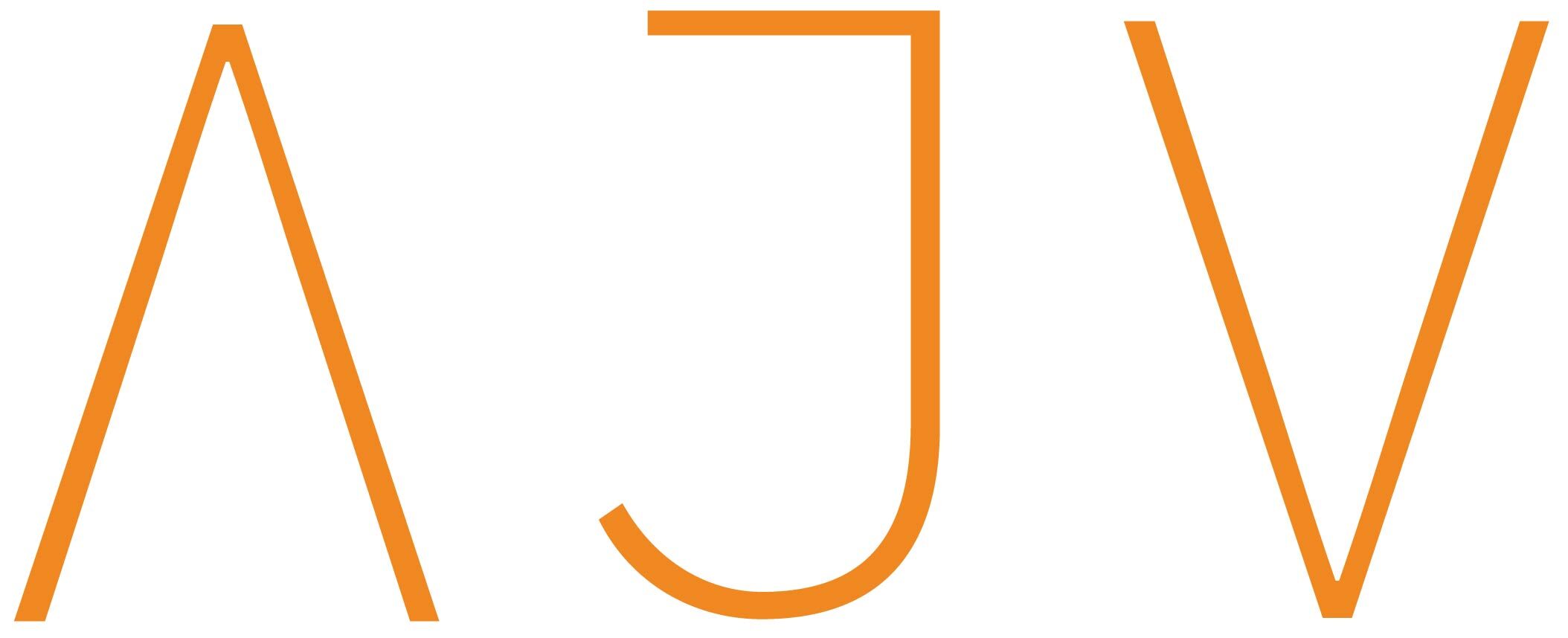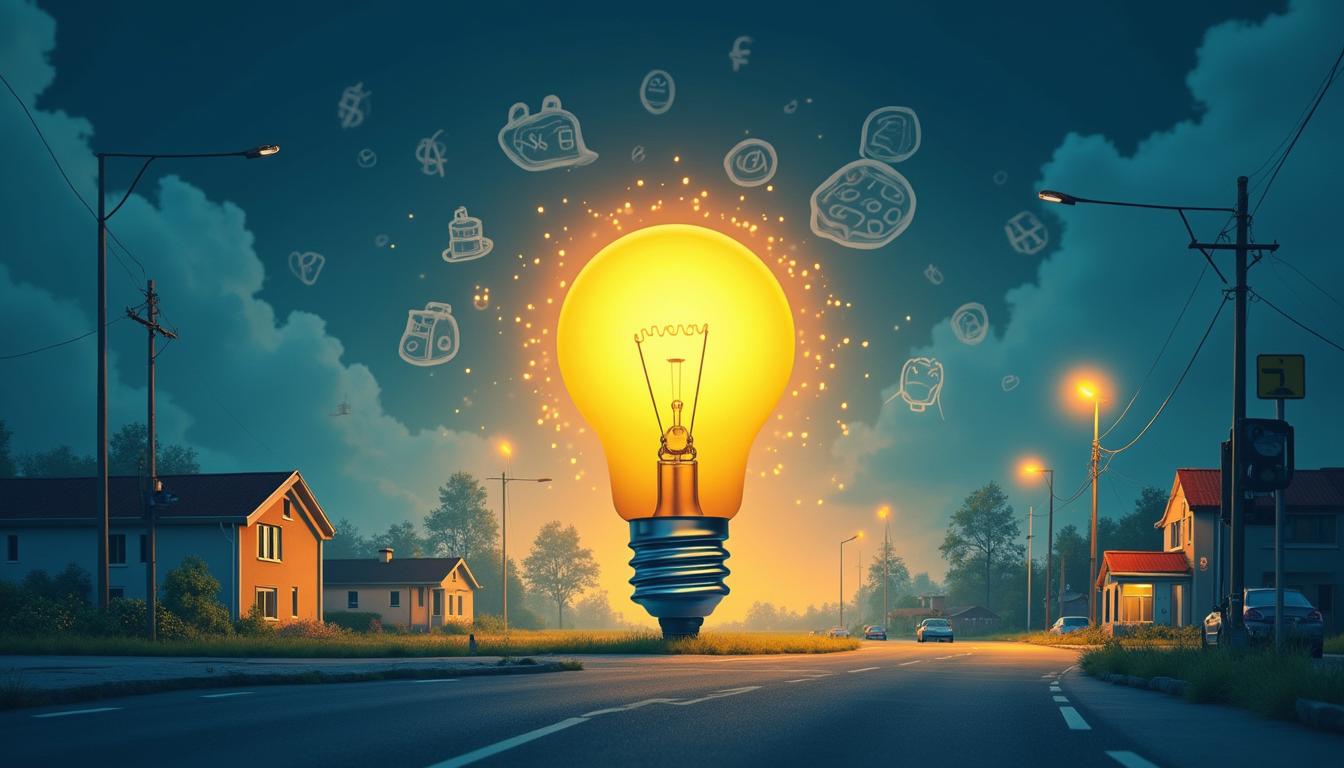We’ve come a long way since the days of incandescent bulbs. The benefits of LED lighting have made it the preferred choice for homes, businesses, companies, and cities that prioritize energy conservation. Efficient LED lighting has transformed the way we illuminate our surroundings in numerous ways, from reducing power bills to enhancing visibility at work.
This piece discusses how LEDs are superior to other types of lights. We’ll discuss cost-effectiveness, life safety, sustainability, and several real-world applications. Now, let’s examine why investing in LED lights is a good idea.
Energy Efficiency and Cost Savings with LED Lighting
Unrivaled energy economy is one of the most well-known benefits of LED lighting. Instead of wasting most of their electricity as heat, incandescent bulbs turn over 90% of their power into light that we can see. This leads to impressive LED energy savings, often reducing energy use by 75% to 90% compared to older technologies.
Energy-efficient lighting can save you a lot of money on your power costs, whether you’re upgrading your home’s lighting or retrofitting a building. Additionally, LEDs perform well even when supplied with low power. This makes them perfect for setups that use both solar power and batteries.
Lower cooling needs and less stress on HVAC systems are a result of the lower LED electricity consumption in commercial settings. This helps save even more money on operations.
Long Lifespan of LED Lighting Reduces Maintenance Costs
A big benefit of energy-efficient LED lighting is that it lasts a long time. Most incandescent bulbs last about 1,000 hours and fluorescent tubes 10,000 to 15,000 hours. Most LED lights, on the other hand, last 25,000 to over 50,000 hours.
This longer life means that substitutes are much less often needed. It means fewer problems and a lot less work for repair workers in companies and businesses. When added to industrial LED lighting systems, the long-term saves are huge, especially in places with high ceilings where changing lights can be expensive and take a lot of time.
LEDs’ reliable and cost-effective lighting solutions are guaranteed by their steady performance over long periods of time.
Durability and Physical Resilience of LED Light Fixtures
LEDs are not made of glass, unlike neon or halogen lights. Instead, they are made of solid-state parts that are very resistant to shaking, shock, and mechanical impact. For this reason, they work really well for industrial LED lighting, mines, building sites, and outdoor settings.
The fact that LEDs are less prone to breaking and can withstand rough conditions means they will last longer and fail less often. Additionally, this level of sturdiness significantly enhances the benefits of LED lighting for companies that require illumination in challenging areas.
Not only do they last a long time, but they are also tough and reliable when things get tough.
LED Lighting Safety Benefits – Low Heat and No UV Emissions
Most traditional lighting sources emit a significant amount of heat and ultraviolet (UV) rays, which can be harmful in certain environments. LEDs, on the other hand, don’t give off any heat or UV light. They are safer for people, fragile items, and places with low temperatures due to this.
Additionally, they don’t contain any hazardous chemicals, unlike mercury, which is present in many light bulbs. This means that energy-efficient LED lighting is a better choice for use both inside and outside.
The safety benefit makes them even more appealing as cost-effective lighting solutions because it reduces the risk of fire and is more environmentally friendly when disposed of.
Design Flexibility and Directional Light Control in LED Technology
LEDs give you more design options. LEDs are specific light sources, while regular bulbs spread light out in all directions. This means that focused lighting is possible without the need for mirrors or diffusers, which saves energy.
There are many forms, colors, and levels of brightness that designers and builders can pick from. It is possible to make industrial LED lighting systems fit almost any need, from setting the mood in restaurants to making sure workplaces are well lit.
Better energy management, beauty, and productivity are all benefits of energy-efficient lighting systems, which are made possible by this level of control.
High-Quality Light Output and Better Visibility with LED Lighting
In a store, office, building, or parking lot, visibility is crucial. LEDs provide brighter light with a high Color Rendering Index (CRI) and no flickering, making the space more comfortable and useful.
High CRI LEDs work like natural light, making colors appear brighter and reducing eye strain. These features are especially helpful in environments that require precision, such as design workshops, hospitals, or assembly lines.
One direct benefit of LED lighting is improved visibility, which is especially true when used in industrial applications where safety and accuracy are of the highest priority.
Environmental Benefits of LED Lighting for Sustainability
LEDs make a real difference in making the world cleaner. To help users achieve their energy efficiency goals, reducing LED electricity consumption also lowers total carbon emissions.
LEDs are also fully reusable, contain no harmful materials, and produce minimal waste because they have a long lifespan. This helps national and international efforts to lower the amount of trash in landfills and electronic waste.
Integrating energy-efficient lighting is both a matter of environmental stewardship and good business sense for companies that care about sustainability. Cost-effective lighting solutions, such as LEDs, align with long-term ecological goals, whether you’re a business brand or a municipality.
Reliable Performance of LED Lighting in Extreme Temperatures
LEDs work well in places where regular lights don’t in cold or hot places. LED lights always work, even in freezers at -20°C or on plant floors at +45°C.
Because they are so reliable, they are the best choice for cold storage, factories, open venues, and remote weather stations. When temperature changes are a problem, industrial LED lights can keep the area illuminated at all times.
Another great thing about LED lighting is that it always starts right away, unlike fluorescent lights, which often flicker or take longer to turn on when it’s cold.
Economic and Market Advantages of Switching to LED Lighting
In recent years, LED technology has become significantly more efficient while also becoming increasingly affordable. Reports from the business world indicate that LED prices have decreased by more than 80% over the last decade, making them more accessible than ever.
The ROI has increased thanks to widespread adoption, government benefits, and advancements in smart lighting systems. The general financial advantage of switching to LED is evident, whether it’s due to energy savings, reduced maintenance, or environmental compliance.
For business users, this also enhances their image and reduces running costs. Cost-effective lighting solutions are crucial to consider for several reasons.
Common Applications and Use Cases for LED Lighting
The long lifespan, energy-saving benefits, and wide range of uses of efficient LED lighting have led to its widespread adoption in many fields. LED lighting is now the preferred choice for both homes and businesses because it is flexible, efficient, and long-lasting.
Residential Spaces:
People use LEDs to light up general places, kitchens for specific tasks, beds for general lighting, and outside for security. LEDs are great for cutting down on energy costs and frequent repairs because of their low LED electricity consumption and long lives.
Office and Commercial Buildings:
Ceiling lights, work lamps, meeting rooms, and emergency exits in modern buildings use energy-efficient lighting. LEDs not only lower running costs, but they also produce a better and less flickering light, which is important for maintaining employee productivity.
Street and Public Lighting:
LED energy savings in streetlight systems are a major benefit to municipalities. LEDs provide focused, bright lighting that makes roads safer while reducing energy and maintenance costs by a significant amount.
Warehouses and Industrial Facilities:
In factories and stores, industrial LED lighting is very important. It emits even, bright light that makes things easier to see and reduces the risk of accidents at work. Additionally, LEDs are long-lasting and can withstand shocks and vibrations, making them ideal for harsh environments.
Retail and Hospitality:
In stores, high CRI lighting from LEDs makes colors pop, and hotels and restaurants utilize programmable LEDs to set the mood. While keeping costs down, these cost-effective lighting solutions improve the customer experience.
Smart Lighting Systems:
Automation systems and LEDs work together in smart homes and businesses. For greater ease and to maximize LED energy savings, users can adjust the lighting, colors, and schedule remotely.
Performance, efficiency, and design freedom are all clear benefits of LED lighting in all of these areas.
FAQs
How much energy can LED lighting save compared to incandescent bulbs?
LED lights can reduce energy consumption by up to 90% compared to incandescent bulbs. Their high efficiency ensures minimal electricity waste, resulting in significantly lower power bills and long-term savings for residential, commercial, and industrial applications alike.
What is the average lifespan of an LED light bulb?
The average lifespan of an LED bulb ranges from 25,000 to 50,000 hours. This is far longer than traditional lighting options and means fewer replacements, reduced maintenance efforts, and consistent illumination across years of usage—ideal for both homes and businesses.
Do LED lights require less maintenance than traditional lighting?
Of course, LED lights need a lot less upkeep. Because they last a long time, are well-made, and use energy efficiently, you don’t have to replace, fix, or service them very often. This is especially helpful in business or industrial settings with high ceilings or outlets that are hard to get to.
Do LED lights produce ultraviolet (UV) radiation?
No, LED lights do not emit ultraviolet (UV) radiation. This makes them a safe option for environments where UV exposure can damage sensitive materials, harm health, or cause color fading in artwork, textiles, or museum-grade display items.
Can LED lights be dimmed or customized for color and brightness?
Yes, many LED lights support dimming and color customization. Users can adjust brightness levels and choose various color temperatures or RGB outputs to suit specific moods, tasks, or decor preferences in homes, offices, and commercial spaces.

